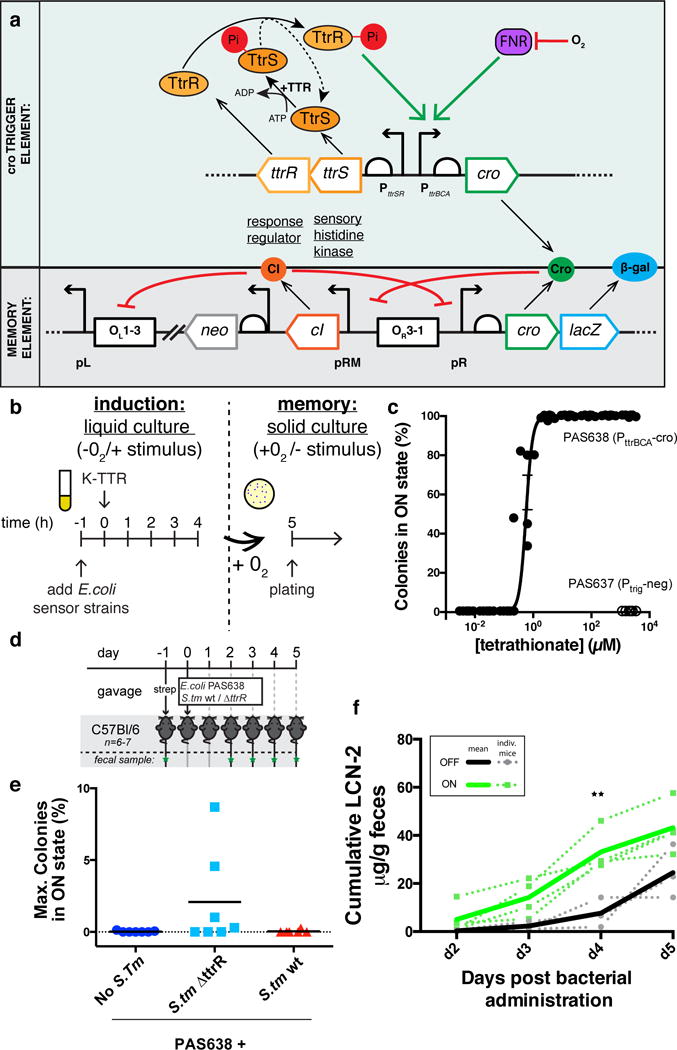Figure 1. Engineering a tetrathionate responsive memory device in E.coli NGF-1 a).

A bacterial memory device, PAS638, was constructed in mouse commensal E. coli NGF-1. S. typhimurium ttrR/S and PttrBCA drive Cro ‘trigger’ expression to switch a phage lambda-based memory circuit12. In the presence of tetrathionate, TtrS becomes phosphorylated, in turn phosphorylating TtrR, which activates expression through PttrBCA in anaerobic conditions. Cro protein expression switches memory ON, accompanied by lacZ reporter expression. b) Testing of in vitro memory showed. c) a dose-response curve of PAS638 (EC50: 0.38–0.85μM 95%CI) but no response of the triggerless control PAS637 strain. Graph shows individual values from 6 replicate colonies from 2 separate experiments, non-linear fit ± SEM. d) PAS638 and S. typhimurium 14028s (S. tm) bacteria were administered by oral gavage to mice one day after streptomycin treatment, and fecal samples were analyzed d2–5 post administration (green stars) e) showing specific response of PAS638 on day 4 and/or 5 (see also Supplementary Fig. 2a) when co-infected with S. typhimurium ΔttrR bacteria (n=7) but not control (n=7) or S. typhimurium wt bacteria (n=6). f) Cumulative LCN-2 levels in mice administered PAS638+ S. typhimurium ΔttrR were higher in mice with PAS638 response (green lines) than in those without (black lines). Graph shows plots for individual mice (dotted) and ON or OFF averages (solid lines). ** t-ratio(5) = 4.3, p=0.03 using multiple t-tests with Holm-Sidak multiple comparisons test and each timepoint analyzed individually without assuming a consistent SD. d2 (t-ratio(5) = 1.2, p = 0.3), d3 (t-ratio(5) = 2.5, p = 0.1) and d5 (t-ratio(5) = 2.3, p = 0.1) were not significantly different.
